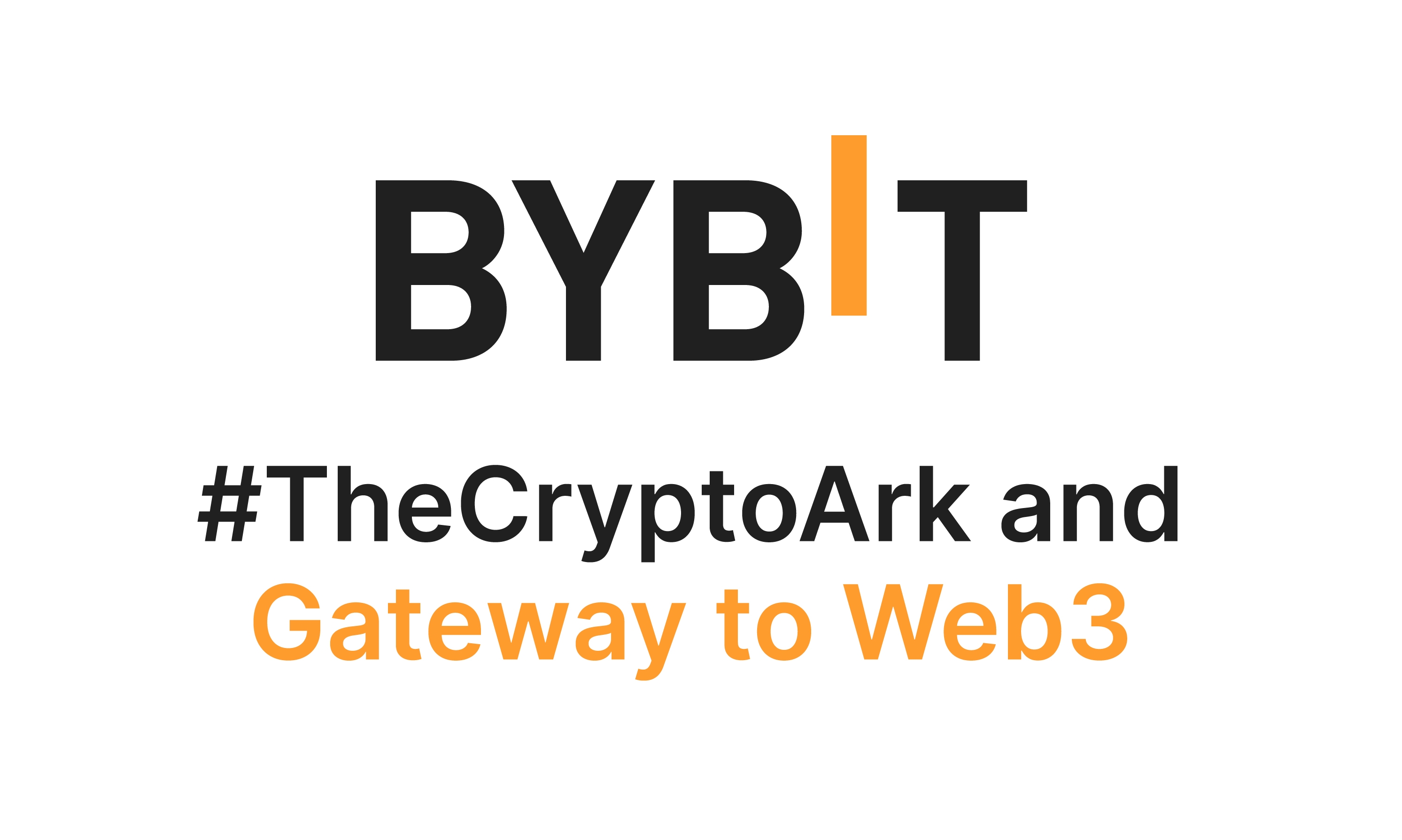Whoa!
Okay, so check this out—derivatives trading in crypto can feel exhilarating and dangerous at the same time. My first gut reaction when I started was “this is genius,” then, almost instantly, “wait—what are we actually doing?” Seriously? Yes. Initially I thought leverage was a shortcut to fast gains, but then realized the math bites back when volatility rears up.
Here’s what bugs me about the space. Fees are opaque sometimes, funding rates flip unexpectedly, and liquidity can vanish in minutes. Hmm… my instinct said that centralized venues would be steadier, though actually—some are better than others, but none are perfect. On one hand you get orderbook depth and customer support, though actually sometimes customer support is a canned script and the real help comes from community threads and traders you trust.
I’m biased, but nothing teaches respect for risk quite like a margin call at 3 a.m. (oh, and by the way… coffee will not save you). Short sentence. Medium thought here to explain nuance. Longer thought: when you trade futures or perpetuals, you’re not just predicting price direction, you’re also wrestling with the exchange’s mechanics, funding cadence, and counterparty risk—layers that most retail traders under-appreciate until they’re burned.
Whoa!
Simple rules help. Keep position sizes sane. Use stop-losses that make sense with volatility. But watch out—stop-losses on crypto can gap, and slippage can be very real during large moves, especially on altcoin pairs with shallow liquidity pools.
My first real lesson came from a trade on a big name platform. I thought liquidity would hold. It didn’t. I got liquidated on a flash swing and that stung. Something felt off about the way order routing handled my stop market. Actually, wait—let me rephrase that: I trusted the system too much and not the market realities.

How derivatives differ from spot — short and blunt
Derivatives are contracts, not coins. They can be settled in cash or in crypto. Perpetuals often tack on a funding rate. Futures have expiry dates. These differences change strategy and risk management.
On centralized exchanges there’s the advantage of deep orderbooks and institutional plugs, and often robust margin infrastructure, though sometimes the devil’s in the fine print—maintenance margin, auto-deleveraging rules, and KYC thresholds that can kick in when you least expect them. I dug through a platform’s docs at 2 a.m. once and found a clause that would have mattered to my position size. That was a wake-up call.
Whoa!
To trade smarter, understand three pillars: liquidity, leverage, and funding mechanics. Liquidity tells you how fast you can exit. Leverage magnifies both gains and losses. Funding influences carry cost for perpetuals. Ignore any one of these and you’re courting surprises.
Here’s a practical move I use. Start small on a new instrument. Fade the hype. Watch how spreads widen during big news. My community chat has saved me more than once with real-time color on orderbook behavior.
Picking an exchange: signals I trust
Check orderbook depth across multiple times of day. Look at historical funding rate volatility. Read the liquidation engine docs. See if the exchange posts proofs of reserves or publishes third-party audits. Also check how they handled previous outages or market stress—they’re surprisingly revealing.
I’ll be honest—user experience matters to me. A clean API helped my automated rules stay functional. If an exchange’s API is flaky, automation becomes risky. Also, withdrawl queues and fiat on-ramps matter differently if you’re a trader vs an investor. Small friction compounds over many trades.
Whoa!
If you want to try a platform that balances features and accessibility, consider checking out the bybit exchange for derivatives and futures trading, because it showcases many of the operational practices traders care about while still being approachable for newcomers. Use the demo environment first if it’s available; paper trade like it’s your job for a few weeks before scaling up.
Something I repeat too often: you can’t hedge away bad position-sizing. Stop pretending a hedge will fix a massive overleveraged bet. It won’t. Hedging reduces directional risk but often introduces basis risk and additional costs you must manage actively. On one hand hedges feel safe; on the other hand they can lull traders into oversized exposure elsewhere.
Whoa!
Risk rules I live by: never risk more than 1-2% of equity on a single trade unless you have a deliberate edge and contingency plans, keep a journal, and review trades weekly. Document your reasons for entry and exit. Be honest—if your reasoning smells like optimism rather than data, you might be toeing gambler territory.
FAQs — quick, practical answers
Q: Should I use high leverage on crypto derivatives?
A: Short answer: no, not routinely. Higher leverage compresses your error tolerance. If you’re testing micro-strategies, use small size and low leverage first, then scale. Also pay attention to maintenance margin and auto-deleveraging policies.
Q: How do funding rates affect my trade?
A: Funding rates can be a cost or a rebate, and they fluctuate with market sentiment. If perpetual funding is persistently positive, longs pay shorts; conversely, negative funding benefits longs. For carry trades or calendar spreads, funding is a recurring P&L component to model into your plan.
Q: Is centralized derivatives trading safe?
A: Safer than some alternatives, but not risk-free. Centralized exchanges hold custody and provide infrastructure, yet this creates counterparty and operational risk. Check proof-of-reserves, audit transparency, and historical uptime. Diversify custody approaches if you hold large amounts.

